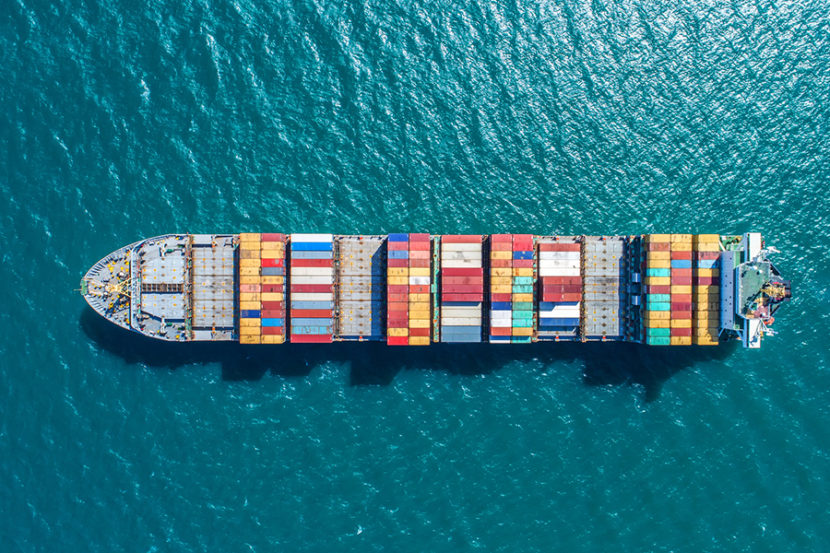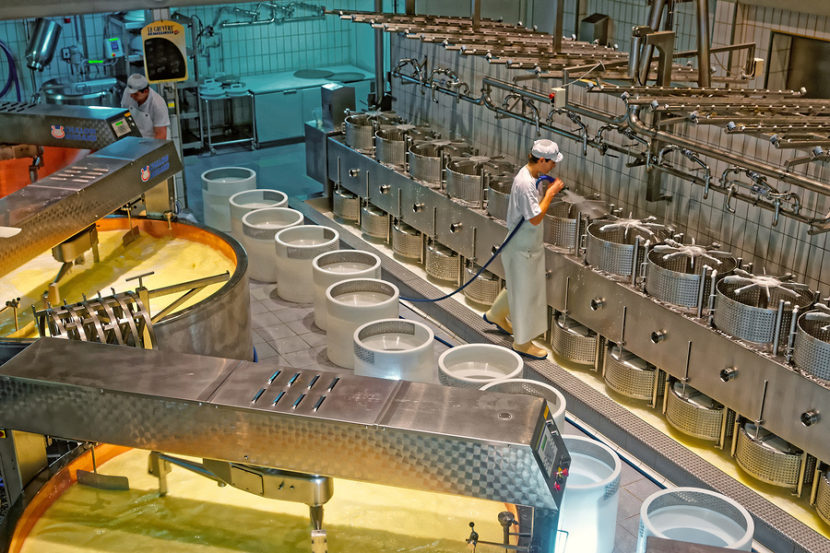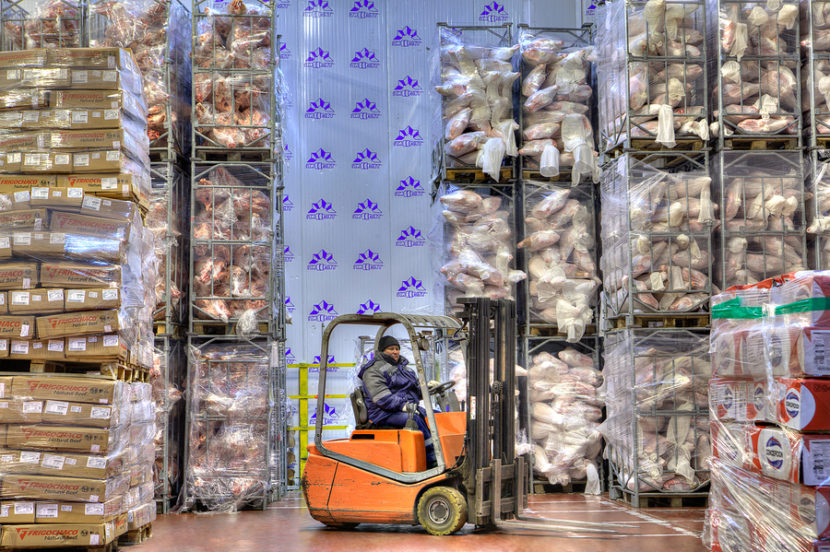Manage Logistical Hazards in Food Shipments through the Use of Technology
By Allie Gallant
Contamination in shipping can wipe out all the time, money and effort you put into producing safe food. Variables like time, temperature, handling, and storage conditions are as critical as safety on the farm or in the processing plant.
When food is in-transit, every container, truck, rail car or cargo hold matters. So do countless workers and external factors, like weather or mechanical failures. Logistics require a high degree of flexibility to deal with real-time changes in conditions. How can you control the risks? Look to automation and technology for help:
Logistics require a high degree of flexibility to deal with real-time changes in conditions
- Wireless sensors and communication systems allow for remote quality supervision
- Gas sensors can detect ethylene, which is a sign of unwanted ripening, and volatile compound sensors can detect mold infections
- GPS tracking helps companies pinpoint exactly where food is at any given time, avoiding excess time and waste in shipping and receiving
- Logistics programs have moved online, with real-time data on key quality and safety variables, and the ability to customize software for specific risks and products
- Newer shipping materials have built-in defenses to control for microbial and security risks, like anti-bacterial packaging
- Radio frequency identification (RFID) technologies can reduce energy consumption and provide cost-efficient solutions for wireless sensing
- “Intelligent containers” are hardwired to control the environment and sound alarms when critical limits are breached
Risks in logistics and shipping were widely underreported for many years, although people with deep insight into supply chains knew that safety breaches were occurring. Sometimes poisonous material was shipped alongside food, or shipping containers were used for both food and non-food items.
Consultant firms that specialize in logistical risk go a long way to help companies ensure their programs are successful and up-to-date. Controlling for risks in transportation and logistics is no different than any other part of your food safety plan: identifying critical risks, limits, control measures, and keeping records to assess the success or failure of controls are all mandatory.
Learn more about avoiding safety issues and cross-contamination in shipping:
- Sanitary transportation of food is one of seven foundation rules under the Food Safety Modernization Act. See the full FDA fact sheet here. Companies can submit questions online or by mail to the FDA’s FSMA Technical Assistance Network for help in understanding how to apply the regulations.
- SAI safe distribution whitepaper, and safe storage whitepaper
About the Author
Allie Gallant is a regular freelance writer and blogger with Global Food Safety Resource and she is also one of our most valuable and recognizable contributors.

-
 FeaturedRisk management
The Cost of a Breach: What a Cyberattack Could Mean for Food Safety Recalls
FeaturedRisk management
The Cost of a Breach: What a Cyberattack Could Mean for Food Safety Recalls
-
 FeaturedRisk management
Securing the Food Chain: How ISO/IEC 27001 Strengthens Cybersecurity
FeaturedRisk management
Securing the Food Chain: How ISO/IEC 27001 Strengthens Cybersecurity
-
 FeaturedRisk management
Revolutionizing Food Safety Training: Breaking Out of the “Check-the-Box” Mentality
FeaturedRisk management
Revolutionizing Food Safety Training: Breaking Out of the “Check-the-Box” Mentality
-
 GFSI Standards
GFSI 2025: Building Trust, Tech-Forward Solutions, and Global Unity in Food Safety
GFSI Standards
GFSI 2025: Building Trust, Tech-Forward Solutions, and Global Unity in Food Safety
-
 FeaturedFood Safety
Integrated Pest Management: Strategies to Protect Your Brand’s Reputation
FeaturedFood Safety
Integrated Pest Management: Strategies to Protect Your Brand’s Reputation
-
 FeaturedFood Safety Culture & Training
No Open Door Policy: Challenges That Impact Pest Control in Food Processing Plants
FeaturedFood Safety Culture & Training
No Open Door Policy: Challenges That Impact Pest Control in Food Processing Plants




